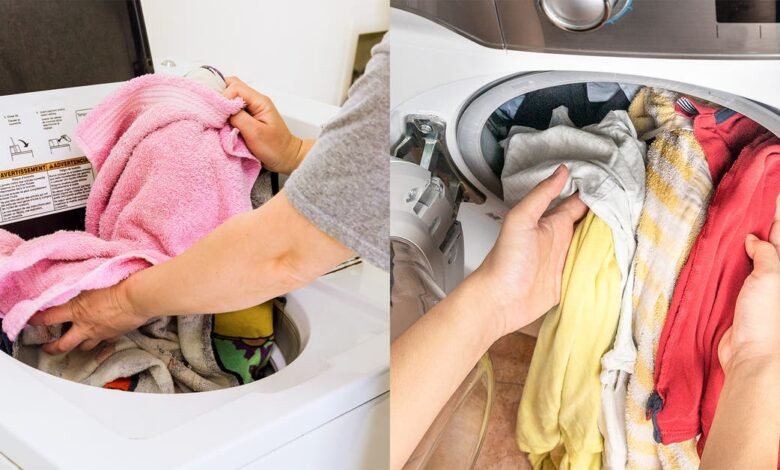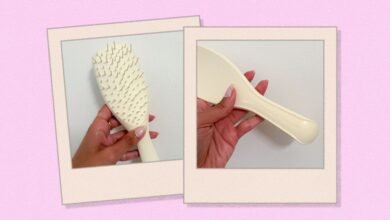Why Are Top-Load Washers Still a Hit Despite Revolutionary Front-Loaders?

Front-Load vs. Top-Load Washers: Which is Right for You?
When it comes to laundry appliances, choosing between front-load and top-load washers can be quite a challenge. Both designs bring specific advantages and drawbacks, making it essential to understand each option’s features before making a final decision. This comprehensive look at front-load and top-load washers will help guide you as you consider what aligns best with your laundry needs.
Understanding the Basics
Before diving into the pros and cons of each washer style, let’s first clarify how they work:
- Front-Load Washers: These machines load clothes from the front, using gravity to help clothes tumble through water. They rely on a horizontal drum, resulting in a gentler wash cycle.
- Top-Load Washers: Clothes are loaded from the top into a vertical drum. They typically fill with water and agitate the clothes using a central post or impeller.
Comparing Efficiency
One of the major factors to consider when choosing your washing machine is efficiency—both in water and energy use.
| Type | Water Usage | Energy Efficiency |
|---|---|---|
| Front-Load | Uses less water, typically about 15 gallons per load | Generally more energy-efficient; often rated highly on ENERGY STAR® |
| Top-Load | More water-intensive; uses around 25 gallons per load | Usually less energy-efficient, especially older models |
Pros and Cons
Understanding the advantages and disadvantages of each style can significantly influence your purchase decision. Below is a summarized comparison:
| Feature | Front-Load Washers | Top-Load Washers |
|---|---|---|
| Space Savings | Fits under counters and stacked with dryers | Bulkier and harder to fit in tight spaces |
| Cleaning Performance | Superior stain removal and gentler on clothes | Good but can be harsher due to traditional agitation |
| Loading Convenience | Requires bending down, may be difficult for some | Easy to load and unload from a standing position |
| Cycle Duration | Longer wash cycles than top-load machines | Shorter wash cycles, often preferred for quick laundry |
| Maintenance | Requires more maintenance; prone to mold if not dried | Generally lower maintenance; less prone to issues |
Key Considerations
When narrowing down your washer options, consider the following aspects:
Space
Front-loaders often have a more compact design, making them suitable for smaller laundry areas. If you have limited space, this might be a more appropriate choice.
Budget
Front-load washers tend to be pricier initially, but their energy and water efficiency can lead to long-term savings. Top-load washers, while typically less expensive, can incur higher utility bills over time due to their increased water usage.
Cleaning Needs
If you frequently wash heavily soiled items or have sensitive fabrics, front-load machines might be the best choice given their gentle wash action and better stain removal capabilities.
Personal Preferences
Some users prefer the convenience of loading and unloading a top-load washer while others appreciate the modern features such as steam cleaning and higher energy efficiency often found in front-load models.
Product Specifications
Here’s a table summarizing key specifications for a typical front-load and top-load washer:
| Specification | Front-Load Washer | Top-Load Washer |
|---|---|---|
| Capacity | 4.5 – 5.5 cubic feet | 3.5 – 5.4 cubic feet |
| Spin Speed | Up to 1400 RPM | Up to 1200 RPM |
| Energy Consumption | Low; often ENERGY STAR® rated | Higher; variable based on model |
| Warranty | 2-10 years, depending on the brand | 1-5 years, depending on the brand |
| Weight | Approx. 200 lbs | Approx. 150 lbs |
Conclusion
Choosing between a front-load and a top-load washer ultimately comes down to your specific needs and lifestyle. While front-load machines offer superior energy efficiency and cleaning capabilities, top-load models provide convenience and shorter wash times. Evaluating your laundry habits can help you make the best decision for your home.
Regardless of the type you select, ensuring optimal performance and longevity involves proper maintenance. Regularly check seals, clean filters, and leave the door open to dry out moisture. With this detailed insight, you’re now equipped to tackle your laundry needs effectively!





